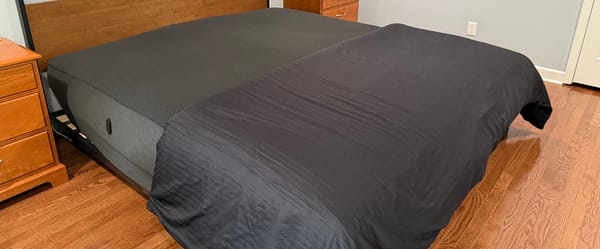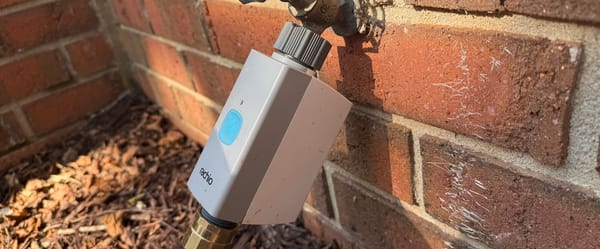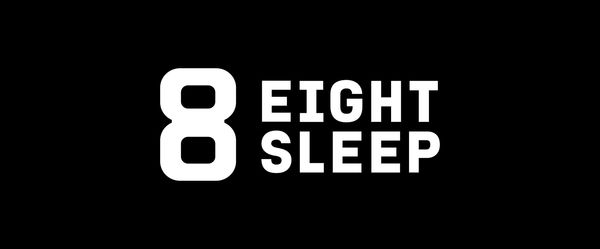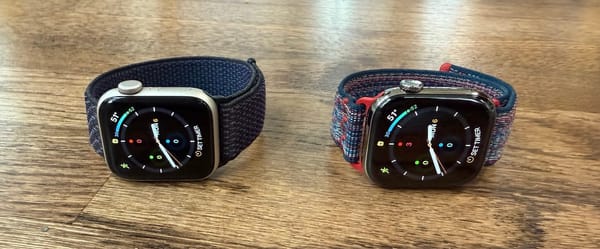Whoop 4.0 Review: I Still Can't Recommend It
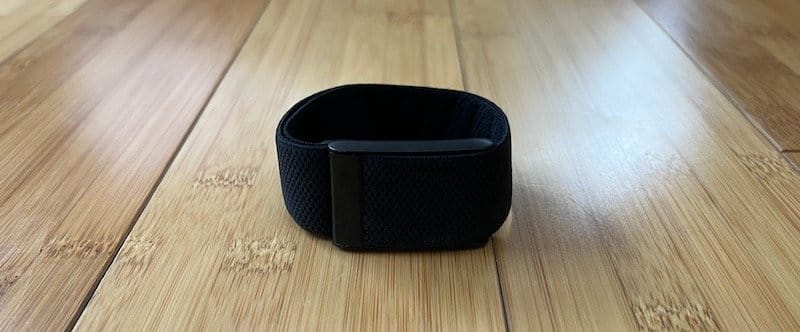
After two months of testing, I can’t recommend Whoop 4.0.
I planned to use my Whoop 4.0 for six months, as I did with my Whoop 3.0, but I ran into the same data accuracy issues.
The devices are identically flawed when it comes to data, and the 4.0 is just slightly better with a few design improvements. Whoop can’t detect quick heart rate spikes during workouts and the HRV readings are inconsistent due to deep sleep inaccuracy.
Even if we pretend Whoop’s data is perfect, I still don’t recommend it to most people due to its lack of a display and huge price compared to the more well-rounded and affordable Apple Watch SE.
However, Whoop may be a good fit for some people, so let’s break that down by going over how Whoop’s app works, and the design, then I’ll get into my struggles with activity and sleep tracking.
How it Works
Whoop doesn’t provide you motivation to exercise like an Apple Watch or FitBit. Whoop is a different beast. It assumes you’re active already and tries to optimize your workouts.
The app is centered around an optimal strain score, which is calculated each day by using your sleep and exercise data from the previous day.
After a week of gathering heart, sleep, and activity data, Whoop personalizes all of the data based on your body type and your baseline data.
Overall, I think very highly of Whoop’s app. With the large amount of data measured from your body, it has the potential to be overwhelming, but the app shows you in clear language what your body needs.
Whoop’s most brilliant feature is the daily questionnaire. Each morning, you’ll be asked a series of questions about things you did the previous day. My morning questionnaire includes nine variables that are handpicked and relevant to me. Questions can include things like alcohol, marijuana, sugar, or late caffeine consumption, along with hundreds of other variables.
Why’s this feature important?
After accumulating data from your body and the questionnaire, Whoop shows which variables affect your performance. Then, you can make adjustments to your life.
For example, alcohol, especially closer to bedtime, kills my HRV, which makes my recovery suffer the next day. Interestingly, things like marijuana, sex, and late caffeine seem to have no impact on my recovery.
Design
Whoop is meant to be worn higher on your wrist than a traditional fitness tracker. Whoop recommends two fingers width or one inch from your wrist bone. Because it has to be worn tight for accurate heart rate readings and all day, it always leaves a huge imprint on my wrist, which sticks around for hours after I take it off.
The Whoop 4.0 is 30% smaller than the 3.0, but I didn’t notice much of a difference in day-to-day feel.
You can get used to it on the wrist, but something like an Apple Watch is much more comfortable. Just like other trackers, it’s not super comfortable to sleep, which is why I prefer Oura Ring for sleep tracking.
Whoop sells an optional bicep strap if you don’t like the wrist fit. And you have an option to buy some of Whoop’s custom clothing, where it slides into a special pocket.
One area where Whoop’s design is miles ahead of the competition is the battery. Whoop doesn’t need to be plugged into a wall like most fitness trackers. Just slide on the battery pack and it charges your Whoop. For a device that’s supposed to be worn 24 hours per day, Whoop makes it dead simple.
Wearing the battery pack on your wrist isn’t ideal, but it’s manageable and it only takes a couple of hours to fully charge. Of course, Whoop can be charged off your wrist too, but it’s nice to have options.
After reading through some Reddit posts, it seems people are upset with the battery life compared to the Whoop 3.0. I don’t understand this criticism. I averaged about 4.5 days of battery life, which is slightly worse than the 3.0, but who cares considering how easy it is to charge?
To take off the 3.0 band, you had to unweave the band from one side and unclip, then weave a new one in. But Whoop’s new 4.0 band design improved because the bands slide off with ease. It takes less than a minute to switch out a sweaty workout band to a new dry casual band.
Activity Tracking
In the Whoop app, you can start a workout just before exercising or log the workout after you’re finished. And after a few workouts, Whoop uses your heart rate spikes and previous workout data to auto-detect and log your workouts, which works well for running.
Most people probably won’t wear an Apple Watch and a Whoop at the same time, but it can automatically import your watch workout times into the Whoop app, which saves a step for logging.
But Whoop has a few issues as an exercise tracker compared to the competition.
The first issue is that it requires a monthly subscription fee. Rather than a one-time $279 for an Apple Watch SE, you’ll pay Whoop $480 for two years of ownership. Whoop is a worse experience for more money.
The second issue is the lack of a screen. I love looking down at my wrist to see my heart rate or average pace during a run, but Whoop doesn’t have a display.
The third issue is that it doesn’t have a built-in GPS so it doesn’t track your running or biking route without a phone nearby.
The fourth issue is that Whoop 4.0 (I had the same issue with the 3.0) can’t detect quick heart rate spikes despite the enhanced sensor configuration. When wearing an Apple Watch simultaneously, Whoop misses the initial spikes during each weight training set, and by the time it recognizes the spike, it’s too late.
I know my body well and know I breathe a little bit heavier at the end of a set, but Whoop will show my heart rate at a flat 110 BPM, while Apple recognizes the quick spike to 160 BPM.
As long as your heart rate steadily climbs, as it should during cardio activities, Whoop’s heart rate data looks great and matches Apple Watch.
With Whoop 3.0, I worked with their customer support for weeks trying to get the heart rate issues figured out and they concluded that I needed a bicep band because it wasn’t getting an accurate reading on my wrist. But this wasn’t the case because the bicep band that they sent didn’t help either.
The issue with the 3.0 is identical to the issue with the 4.0. There’s something wrong with their heart rate algorithm that’s not recognizing these spikes or there’s something unique about my body type.
I feel better because I found a few Reddit posters and two YouTube reviews with people who have experienced the same issues.
Assuming you stick to cardio, Whoop will be fine, but it’s still not the perfect fitness tracker due to the lack of a screen and GPS.
Sleep & Recovery
Whoop automatically records the time you fall asleep and wake up. The time slept metric seems to be spot on each morning.
While sleeping, Whoop records your respiratory rate, blood oxygen, resting heart rate, and skin temperature, but the primary driver of your recovery score is your heart rate variability.
Whoop tracks your sleep cycles too. All of your sleep is put into one of four categories: awake, light sleep, REM sleep, and deep sleep. (Your sleep data can be imported into the Apple Health app.)
Whoop forgot to track my sleep four times during my testing, but I was able to manually enter my sleep and wake up time and it still calculated my sleep cycles because it had my heart data.
Whoop takes things to the next level by combining your sleep, activity, and heart data from the previous day to find out how recovered your body is. Each day you get an optimal strain score or the day depending on your recovery score. You’ll know exactly how much to push your body without overdoing it. You’ll even get a little haptic vibration on your wrist when you’ve reached your optimal strain during a workout, which is a nice feature upgrade compared to the 3.0.
There were numerous occasions where Whoop made it clear that my body wasn’t fully recovered from an intense cardio activity the previous day. Before owning Whoop, I’d try to push through workouts even when my body felt tired. But when I see the visual showing that my body hasn’t recovered, it’s obvious that I should do a lighter workout instead of pushing hard.
This is a win and exactly what Whoop is built for.
Whoop uses HRV as its primary metric to determine recovery, but there’s a huge flaw in the calculation because rather than taking an average of your HRV throughout the night, it takes an HRV reading from your last deep sleep cycle.
Unfortunately, Whoop never had any idea which sleep cycle my body was in. It’s just a guess.
How do I know this? My other tracking devices say I’m well-rested (Eight Sleep & Oura Ring), yet Whoop often says my body is broken. Whoop says I average 42 minutes of deep sleep per night, while my other devices usually have me closer to 2.5 hours of deep sleep.
Plus, I almost always stick to a consistent bedtime routine and usually feel well-rested in the morning. It seems highly unlikely that I get just 42 minutes of deep sleep, while healthy adults usually average at least 1.5 hours of deep sleep.
If Whoop doesn’t know when I’m in deep sleep, how does it record my HRV correctly? And if it can’t properly assess my HRV, how does it know if I’m recovered?
Who is this for?
Whoop’s marketing is brilliant. They’ve got endorsements from tons of professional athletes. For example, Patrick Mahomes was wearing one on his bicep during a playoff game and they wrote a blog about his heart rate during the game-winning drive.
Getting big-name athletes to use Whoop makes the product look cool and important. I bought my Whoop 3.0 after hearing a few PGA golfers used it to track their recoveries.
But after my issues with both versions of Whoop, I find it hard to believe any professional athlete would be relying on this data if they weren’t paid to do so.
Maybe my body is an anomaly and Whoop provides perfect data for everyone except a very small percentage of users, but I don’t think I’m alone. Whoop appears to get propped up because of its superior marketing rather than for its data accuracy.
There’s a market for a fitness device like Whoop because not everyone wants generic motivation and fitness advice (like most fitness trackers provide). But I don’t think this version of Whoop’s hardware is good enough.
I should be the perfect customer for Whoop because I exercise every day, and I’m a freak for optimizing all aspects of my life. If you’re anything like me, the best route is a combination of an Apple Watch during the day for exercise tracking, then an Oura Ring at night for sleep tracking. The Apple Watch is more accurate for exercise tracking and has a helpful screen, while the Oura ring provides accurate sleep and HRV data in my experience.

